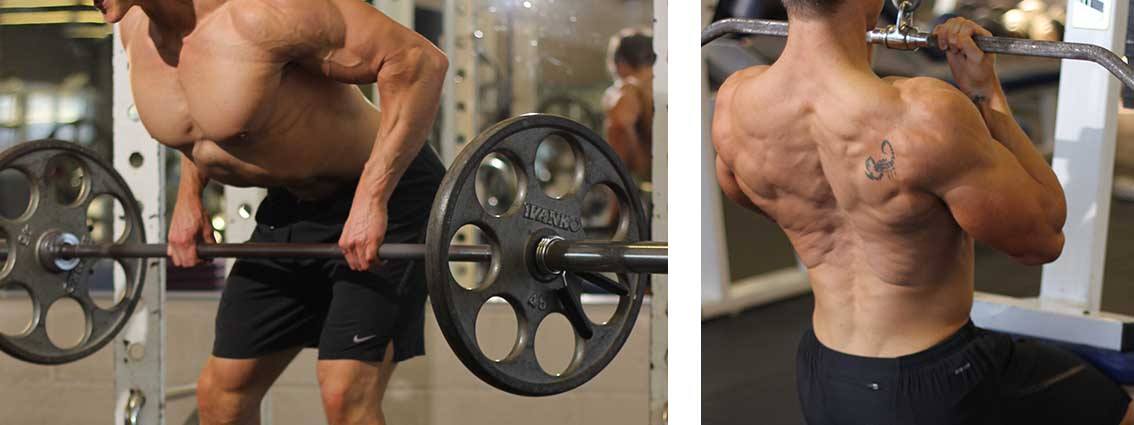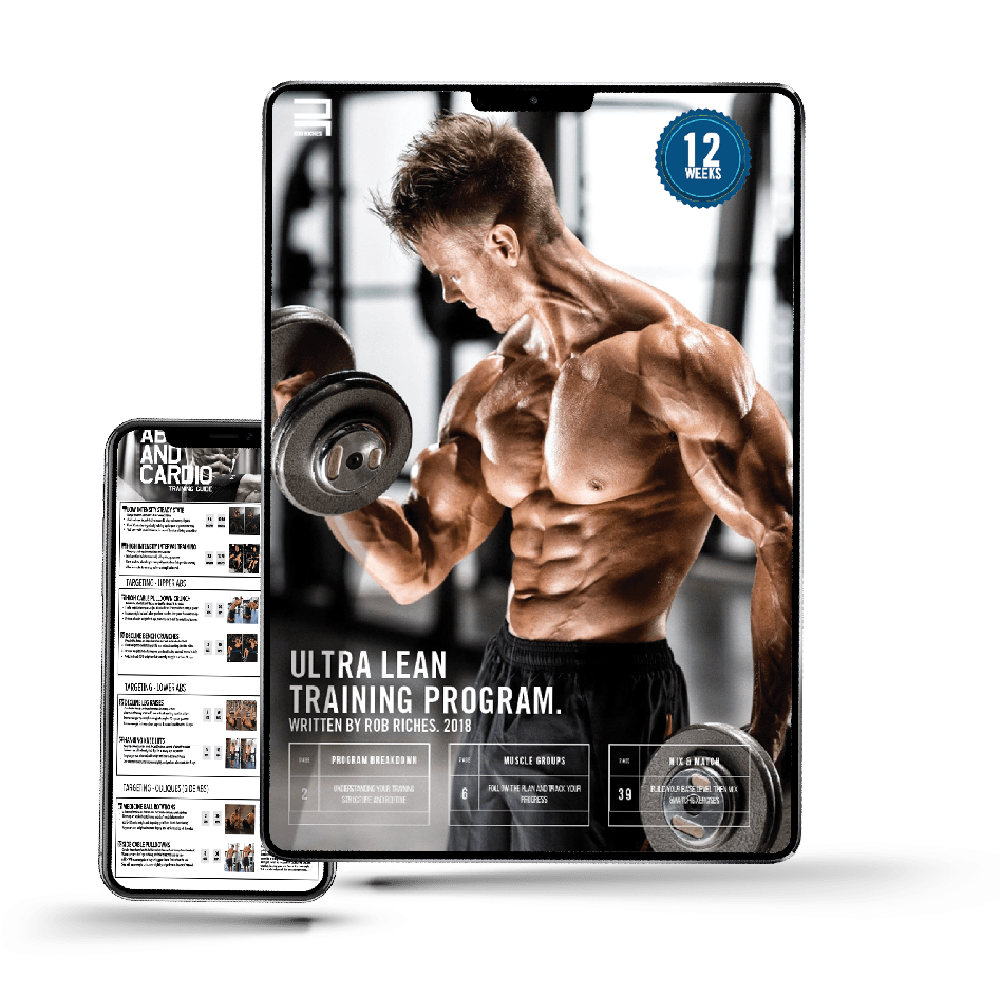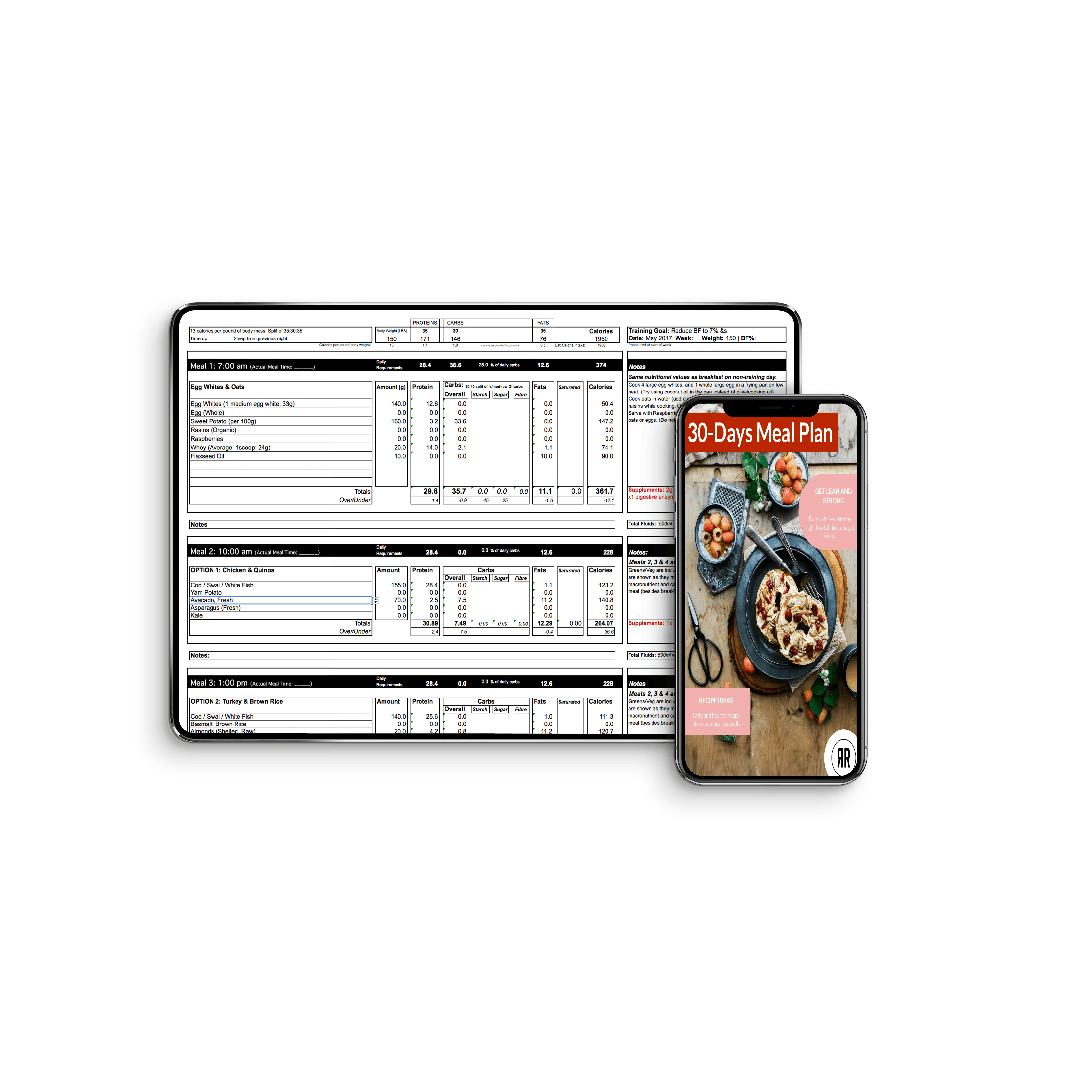This workout will help you focus on a wide upper back
June 15, 2018
Achieving the desired V-taper in the back requires more than just performing certain exercises. Keeping a tight waist through diet and cardio may also be necessary components.
Broad shoulders, a thick and wide back, tapering down to a tight waistline, that all comes together to give an impressive Y-shape, is a collaborative effort. Just like if you want six-pack abs, or bulging biceps with both heads clearly visible, it’s a case of – the whole is greater than than the sum of its parts. Which put simply, means you have to put everything together to really get what it is you want. With that said, this particular routine will help take you one step closer by revealing the sequence and execution of exercises that will emphasize greater width in the back.

← Have You Seen This?
In need of an extra boost to your training? Check out my free complete training guide and daily meal planner for support.
The Wide-Grip Approach
Performing wide-grip exercises (usually where your forearm and upper arm create a right-angle at the mid-way point), as opposed to close-grip exercises (think of a seated row using a narrow grip, such as a D-grip), are best for focusing on width. This is in-part because of the structure of the back (specifically the Latissimus Dorsi, which is a large, flat muscle on the back that stretches to the sides, behind the arm, and is partly covered by the trapezius on the back, often affectionately referred to as ‘the wings’ of the back).
Achieving a Full Range of Motion
For a muscle to exercised with the goal of increasing its size over time, it usually has to be stimulated by an overload of resistance (in other words, it needs to be consistently trained with a weight that challenges it, forcing it to grow in order to perform the same task more efficiently). Using heavy weights is only one tool for growth. Another, often less-utilized method, is ensuring the muscle gets worked through it’s full range of motion.
With most back exercises, the exercises typically performs it with the emphasis on pulling their arms back during the contraction phase, and lengthening their arms during the eccentric phase. The Lat muscles aren’t fully stretched when only the arms are. Next time you perform a seated lat pulldown, or seated cable row, allow your arms to be full stretched out at the start of the movement and perform several repetitions. Then, try to really allow your back to stretch when lowering the weight down. Allow your shoulders to lift upwards, and even a slight flex at the waist so your whole upper body tilts forwards. You’ll be surprised at just how much extra stretch you’re able to find you can get in the back.
Pull the shoulders back down and back, and ensure your torso is upright and chest lifted proud before pulling the weight back up, with an emphasis on squeezing your inner back together as you pull the bar closer towards you.

Row, Row, Row, and Pull
You can see that in the program below that there are a lot of rowing type movements, made up of cable, barbell, single-arm movements, and event machines (depending on whats available within your gym). You can also see in the image next to the exercise instructions (myself performing a pull up), of the suggested hand placement to optimize the efficiency of such movements with the goal of increasing width in the back.
Perfect Your Technique
There’s a reason that almost all of these exercises are row-type movements – they work! Whilst overall weight is important (and necessary), it won’t count for much if you’re unable to execute the exercise correctly, and really feel the proper muscles being involved. Sure – you might be able to move a couple of big plates either side when performing barbell rows, but if you’re being completely truthful to yourself, can you really feel the back muscles being worked 100%, or are your arms, and a slight jolt at the knees and waist, helping you to lift the weight?
Here’s another way of testing, or rather ensuring, that you are using your back muscles to lift the weight and not just jerking it up and down by any means possible: slow your tempo and pause at the top of each rep. If you’re unable to do this then the weight is probably too high, and you should cut back until you’re able to do this. It’s not something you need to do on every rep, for every exercise, but you should at least have an idea about the amount of weight you should be lifting without loosing the feeling and the pump in the back.

Exercise 1
CLOSE-GRIP SEATED CABLE ROW
4 sets of 15-12 reps (superset with chin-ups)
Exercise 2
BARBELL ROWS
4 sets of 10-8 reps
Exercise 3
LAT PULLDOWNS
4 sets of 12-8 reps (superset with d-grip chin-ups)
Exercise 4
ONE-ARM SMITH ROWS
3 sets of 12-8 reps
Exercise 5
ONE-ARM CABLE ROW
3 sets of 15-10 reps (superset with pull-ups)
Related Articles
1 Comment
Comments are closed.




Hi! Someone in my Myspace group shared this site with us so I came to look it over.
I’m definitely loving the information. I’m book-marking
and will be tweeting this to my followers! Fantastic blog and
terrific design and style.